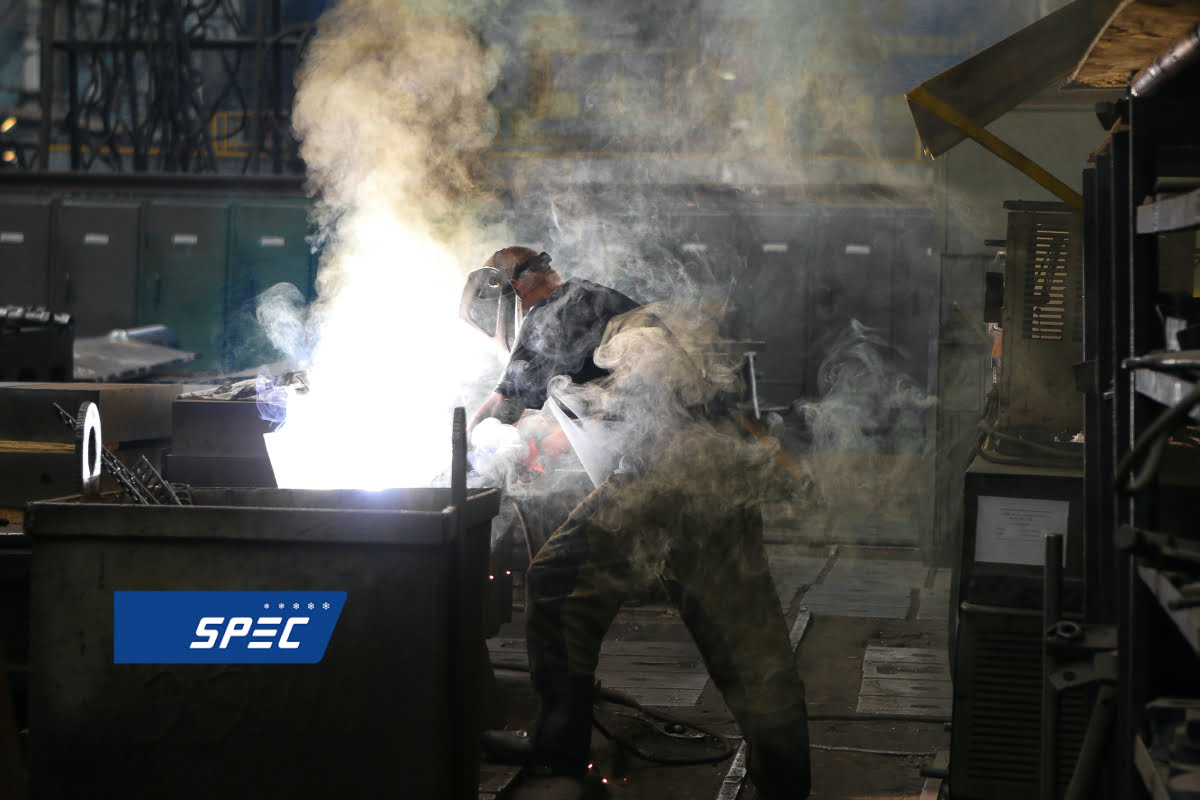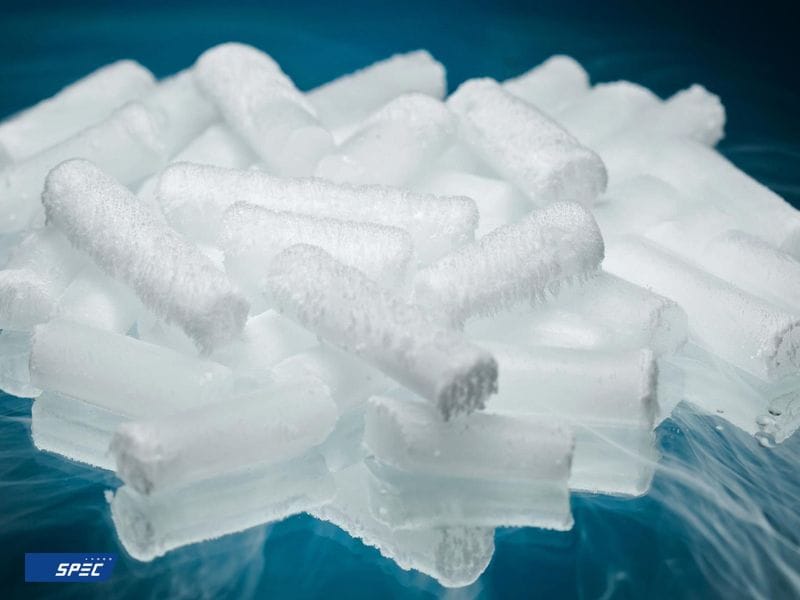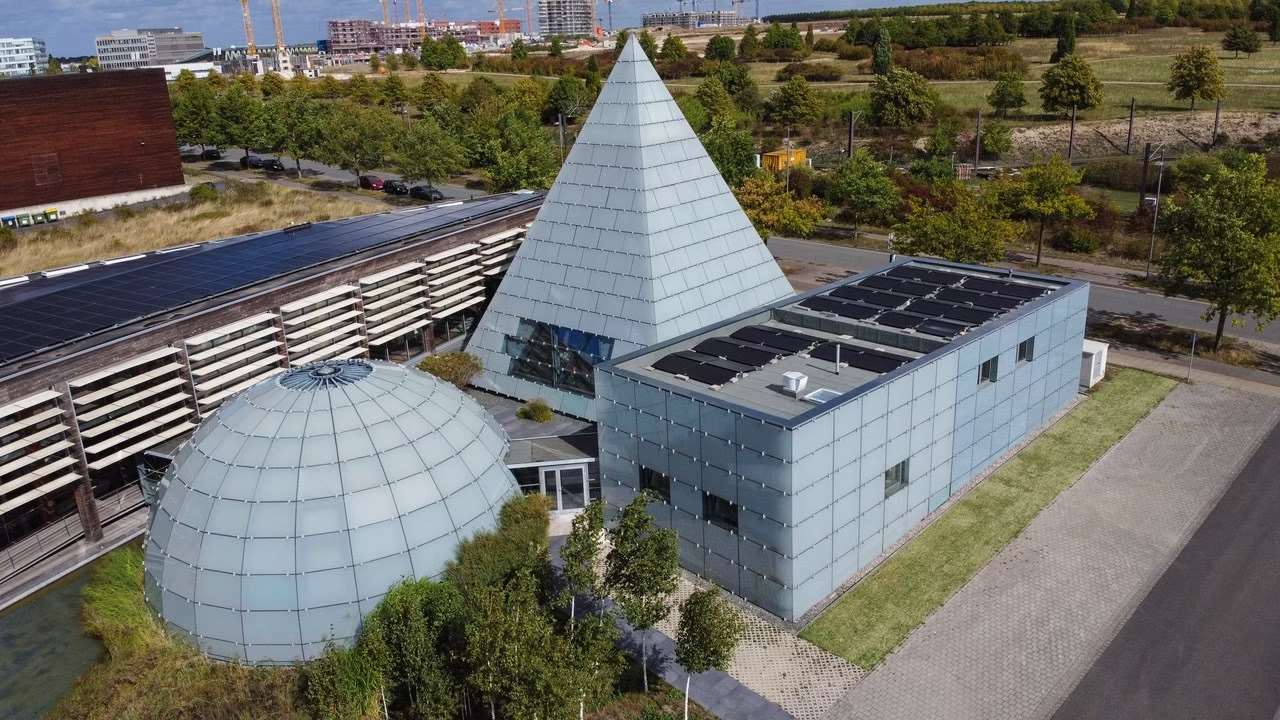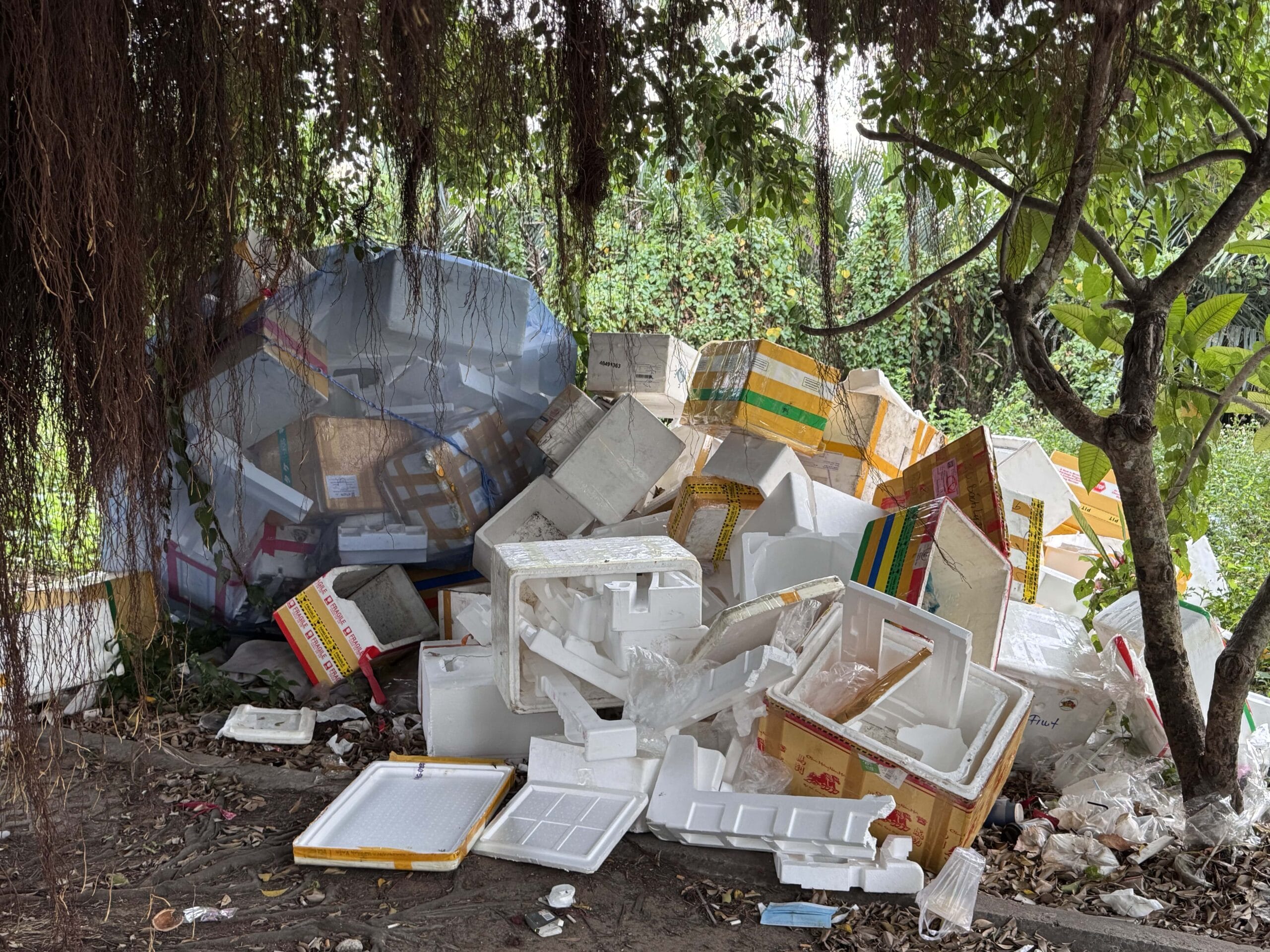Manufacturing is all about efficiency, and that applies to more than just your production process. Your cleaning process should also be as efficient as possible, both for the sake of your employees and your bottom line. That’s where dry ice cleaning comes in. Dry ice cleaning is a non-abrasive way to remove tough materials from rubber molds and other surfaces while using environmentally friendly methods. It’s a clean alternative to other types of blasting, which are messy and can damage the equipment your company needs in order to run. No one wants their molds scratched or worn out before they’re even used, so it helps to have a method that puts no wear on them while getting them clean quickly.
Rubber and Tires Molds in the Manufacturing Industry
There are some steps in the manufacturing process that are more important than others. In fact, some of these steps may be necessary for the production process to be efficient. Rubber and tire mold cleaning is one such step. This is because it ensures that there will not be any issues with your rubber or tires later on down the line.
For example, if you are making tires with rubber molds then you will need to clean them regularly so that they look good when they come out of their molds and also so that they do not cause issues during production later on down the line. If a part does not look good when it comes out of its mold then it could cause problems during in the process of perfecting the final product; this means it would need reworking which would cost money as well as time spent remaking said parts (which can take days).
How Does Dry Ice Cleaning Work?
Next, let’s talk about how dry ice cleaning works. Dry ice pellets are a natural and non-toxic alternative to traditional abrasives. They are made from CO2 that is compressed into a solid state, giving them their unique properties. The use of dry ice cleaning method is really effective as it easily blows away rust and dust stains on the molds without leaving any secondary waste.
In order to understand why this is true, it’s important to know about the way that solid Co2 molecules interact with other substances on the surface.
There are three primary factors that contribute to the dry ice cleaning process. The factors are Pellet Kinetic Energy, the Thermal Shock Effect, and the Thermal-Kinetic Effect. In order to more easily explain the process, we have created the following acronym (ICE=Impact, Cold, Expansion).
- Impact – Impact of pellets creates a Kinetic Energy Effect. The soft dry ice through specially designed nozzles at supersonic speeds is accelerated by compressed air.
- Cold – Cold temperature of dry ice pellets creates a Thermal Effect. This helps break the bond between the substrate and the contaminant. The temperature of dry ice (-109°F / -78.9°C) causes the contaminant to embrittle.
- Expansion – Expansion of the dry ice pellets. Dry ice pellets sublimate upon impact, volumetrically expanding in size, removing the contaminant.
Read more: Cleaning Wood With Dry Ice Blasting: Effective And Safe
5 Key Benefits of Dry Ice Cleaning
Dry ice cleaning offers a number of benefits to companies, including:
- Benefit 1: Dry Ice Cleaning Is An Effective, Non-abrasive Way To Clean Injection Molds.
- Benefit 2: Dry Ice Cleaning Improves Quality, No Residues On The Mold.
- Benefit 3: Dry Ice Cleaning Improves Productivity, Save Hours Of Downtime.
- Benefit 4: Dry ice cleaning is faster and saves labor costs.
- Benefit 5: Dry ice cleaning eliminates cleaning rags, soaked with chemicals.
Read more: Dry Ice Blasting In Food Industry: How It Can Help You
Achieving Process Goals with Dry Ice Cleaning
When you are using dry ice cleaning in your rubber and tire molds, you can achieve the following results:
- Improve production quality.
- Improve production efficiency.
- Improve production speed.
- Improve production costs.
- There will be no need for expensive water usage (or other cleaning solutions) since dry ice is an excellent tool that can dislodge stubborn stains, grease from the surface of the device (without leaving any residue). Since it is so cold, it causes a “frost” effect that quickly evaporates any moisture present on a surface to leave behind dry-to-the-touch metal parts with no corrosion whatsoever! This makes your product come out cleaner than ever before and increases long term life expectancy too!
Fully Automatic Dry Ice Cleaning Systems
This modern method is the best way to clean rubber and tire molds. This system includes dry ice blower and automatic robot that will be responsible for mold cleaning instead of workers. The robot will be pre-set to ensure efficient, time-saving of dry ice cleaning process.
This method is for molds that must be cleaned in an area where it cannot be moved easily, he mold is large, heavy or otherwise difficult to move.
Using dry ice cleaning to clean rubber and tire molds will optimize your production process and your bottom line.
The benefits of using dry ice cleaning to clean rubber and tire molds are numerous.
- First, it’s safe for your employees and the environment.
- Second, it’s effective at removing mold release agent from the surface of a rubber or tire mold without damaging its surface by abrasion.
- Third, it can be used in conjunction with other mold cleaning methods to remove additional residues that might be left over after those other methods are complete (this is especially important if you’re using steam-cleaning).
- Fourth, dry ice cleaning has been shown to be more cost-effective than other methods like steam-cleaning due to its faster cycle time and lower power consumption requirements.
- Fifth, dry ice cleaning is environmentally friendly because there are no harsh chemicals involved in its use; this means less waste water runoff into storm drains where they could pollute nearby waterways with toxic substances like solvents which can leach into local wells (this can also help reduce worker exposure).
Conclusion
The use of dry ice blasting for rubber and tire mold cleaning is a common practice in the manufacturing industry in many countries around the world but still quite new in Vietnam. By using dry ice cleaning as an alternative to other methods of cleaning, manufacturers will achieve production goals and reduce costs.
Using dry ice blasting allows manufacturers to recover time lost during the conventional cleaning process by eliminating laborious disassembly and reassembly steps, reducing downtime and increasing profitability. Additionally, this method of cleaning has no secondary waste disposal fees, which can save companies thousands of dollars each year.
Dry Ice Blasting is also safe to use in all environments (including food-grade environments) because it is non-abrasive and non-ionic, making it ideal for any manufacturing environment.







